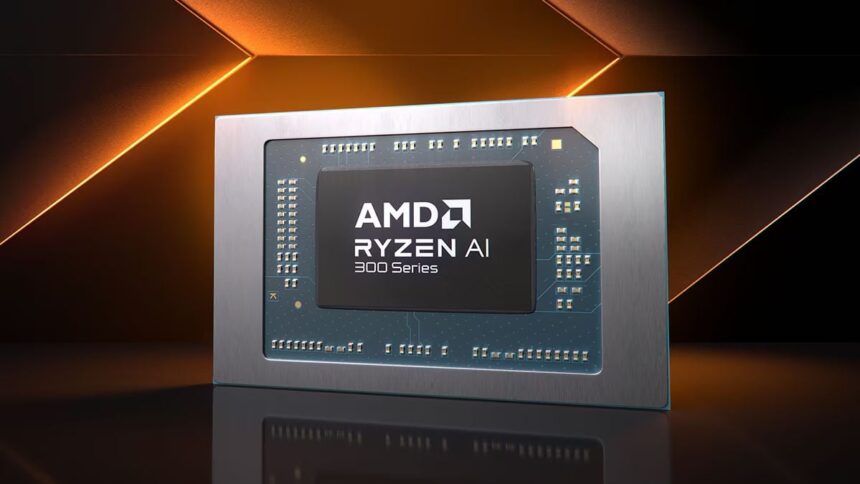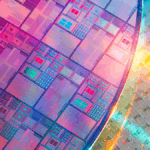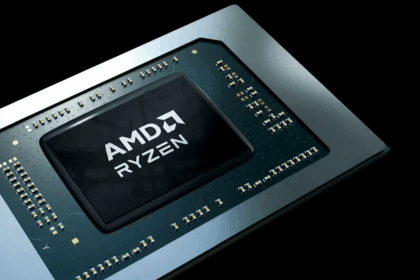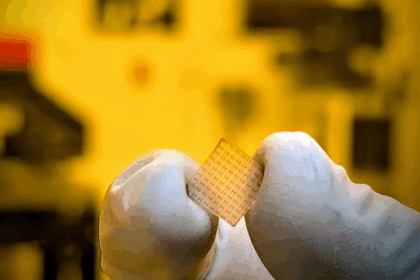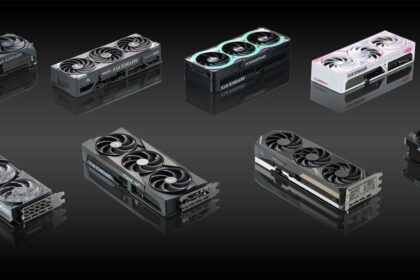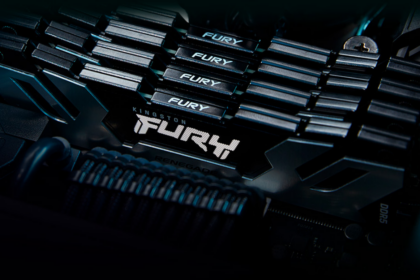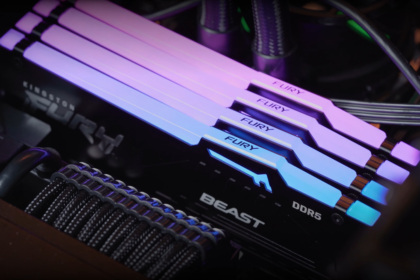AMD’s latest Ryzen AI 9 HX 370 processor with the Radeon 890 integrated GPU has been shown to outperform Intel’s Core Ultra 7 258V gaming performance, continuing AMD’s trend of leading the market for integrated graphics.
New benchmark results reveal that when AMD’s FidelityFX Super Resolution (FSR) 3 upscaling technology is enabled, the Ryzen AI 9 HX 370 delivers a significant advantage, outperforming Intel’s offering by around 75% in several popular games.
Benchmark Results:
- F1 24, Far Cry 6, Forza Horizon 5, Doom Eternal, and Call of Duty: Black Ops 6 are among the titles where the Ryzen AI 9 HX 370 showcases impressive performance, often with a 50 FPS or more advantage over the Intel Core Ultra 7 258V.
- AMD’s processor maintains a 30+ FPS advantage over Intel’s chip in other games.
- Resolution and Settings: Both processors were tested at 1080p with medium settings, a standard test setup for mobile processors. With FSR 3 enabled, AMD’s integrated graphics significantly improve frame rates, boosting performance across the board.
The Impact of FSR 3:
FSR 3, AMD’s upscaling technology, is key in these tests. It helps deliver higher frame rates without demanding the extra power or resources typically required for higher resolution or more complex graphical settings. This technology allows the Ryzen AI 9 HX 370 to deliver higher performance while maintaining visual quality. It is especially beneficial in mobile gaming laptops where power efficiency and heat dissipation are critical factors.
AMD FSR vs Intel XeSS
AMD’s Ryzen AI 9 HX 370 processor with the Radeon 890 iGPU continues to outperform Intel’s Core Ultra 7 258V, especially when using AMD’s proprietary technologies. In the latest benchmarks, FSR 3 and AMD Fluid Motion Frames 2 (AFMF 2) offer significant advantages over Intel’s XeSS technology, demonstrating AMD’s dominance in the integrated graphics market.
Key Points on AMD’s Advantage:
- Performance Gain with FSR 3 and AFMF 2: AMD’s technologies, especially FSR 3 combined with AFMF 2, have shown performance gains more than double that of Intel’s mobile processor, even when Intel uses its upscaling technology, XeSS.
- FSR 3, with the frame generator, is present in more than 95 games, and AMD’s support for FSR extends to over 415 titles.
- With HYPR-RX and AFMF 2, the number of supported titles soars into the thousands, making it an even more appealing option for mobile gamers.
Intel’s XeSS Limitation: While XeSS can be used in Intel processors and Arc GPUs, it is present in far fewer titles than AMD’s technologies. Currently, XeSS is available in around 130 games, which limits its potential compared to FSR 3’s broad integration.
Frame Rate Performance: AMD’s technology matches and exceeds Intel’s, as FSR 3 with frame generation offers smoother gameplay and higher frame rates, especially in demanding titles. In contrast, when Intel uses FSR to enable its frame generator, it does not see any similar performance boost.
AMD’s superior FSR 3, AFMF 2, and HYPR-RX technologies give its Ryzen AI 9 HX 370 a substantial edge over Intel’s Core Ultra 7 258V in mobile gaming performance. These technologies increase frame rates and have broader support across a significantly more extensive games library than Intel’s XeSS.
AMD’s continued leadership in upscaling technology ensures that its processors will remain the go-to choice for mobile gamers seeking performance, visual quality, and a smoother experience in an increasingly demanding gaming environment.

